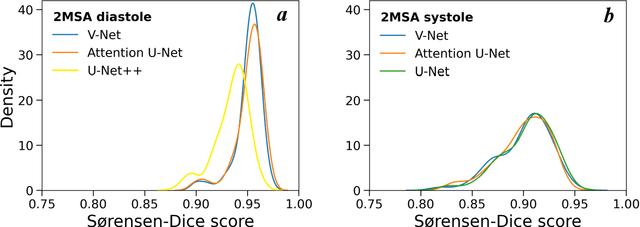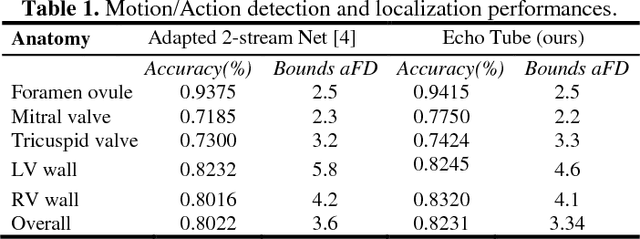Arijit Patra
Retrieving and Refining: A Hybrid Framework with Large Language Models for Rare Disease Identification
May 16, 2024Abstract:The infrequency and heterogeneity of clinical presentations in rare diseases often lead to underdiagnosis and their exclusion from structured datasets. This necessitates the utilization of unstructured text data for comprehensive analysis. However, the manual identification from clinical reports is an arduous and intrinsically subjective task. This study proposes a novel hybrid approach that synergistically combines a traditional dictionary-based natural language processing (NLP) tool with the powerful capabilities of large language models (LLMs) to enhance the identification of rare diseases from unstructured clinical notes. We comprehensively evaluate various prompting strategies on six large language models (LLMs) of varying sizes and domains (general and medical). This evaluation encompasses zero-shot, few-shot, and retrieval-augmented generation (RAG) techniques to enhance the LLMs' ability to reason about and understand contextual information in patient reports. The results demonstrate effectiveness in rare disease identification, highlighting the potential for identifying underdiagnosed patients from clinical notes.
Towards Fully Automated Segmentation of Rat Cardiac MRI by Leveraging Deep Learning Frameworks
Sep 09, 2021



Abstract:Automated segmentation of human cardiac magnetic resonance datasets has been steadily improving during recent years. However, these methods are not directly applicable in preclinical context due to limited datasets and lower image resolution. Successful application of deep architectures for rat cardiac segmentation, although of critical importance for preclinical evaluation of cardiac function, has to our knowledge not yet been reported. We developed segmentation models that expand on the standard U-Net architecture and evaluated separate models for systole and diastole phases, 2MSA, and one model for all timepoints, 1MSA. Furthermore, we calibrated model outputs using a Gaussian Process (GP)-based prior to improve phase selection. Resulting models approach human performance in terms of left ventricular segmentation quality and ejection fraction (EF) estimation in both 1MSA and 2MSA settings (S{\o}rensen-Dice score 0.91 +/- 0.072 and 0.93 +/- 0.032, respectively). 2MSA achieved a mean absolute difference between estimated and reference EF of 3.5 +/- 2.5 %, while 1MSA resulted in 4.1 +/- 3.0 %. Applying Gaussian Processes to 1MSA allows to automate the selection of systole and diastole phases. Combined with a novel cardiac phase selection strategy, our work presents an important first step towards a fully automated segmentation pipeline in the context of rat cardiac analysis.
Parallel Capsule Networks for Classification of White Blood Cells
Sep 06, 2021



Abstract:Capsule Networks (CapsNets) is a machine learning architecture proposed to overcome some of the shortcomings of convolutional neural networks (CNNs). However, CapsNets have mainly outperformed CNNs in datasets where images are small and/or the objects to identify have minimal background noise. In this work, we present a new architecture, parallel CapsNets, which exploits the concept of branching the network to isolate certain capsules, allowing each branch to identify different entities. We applied our concept to the two current types of CapsNet architectures, studying the performance for networks with different layers of capsules. We tested our design in a public, highly unbalanced dataset of acute myeloid leukaemia images (15 classes). Our experiments showed that conventional CapsNets show similar performance than our baseline CNN (ResNeXt-50) but depict instability problems. In contrast, parallel CapsNets can outperform ResNeXt-50, is more stable, and shows better rotational invariance than both, conventional CapsNets and ResNeXt-50.
Contrastive Algorithmic Fairness: Part 1 (Theory)
May 27, 2019Abstract:Was it fair that Harry was hired but not Barry? Was it fair that Pam was fired instead of Sam? How to ensure fairness when an intelligent algorithm takes these decisions instead of a human? How to ensure that the decisions were taken based on merit and not on protected attributes like race or sex? These are the questions that must be answered now that many decisions in real life can be made through machine learning. However research in fairness of algorithms has focused on the counterfactual questions "what if?" or "why?", whereas in real life most subjective questions of consequence are contrastive: "why this but not that?". We introduce concepts and mathematical tools using causal inference to address contrastive fairness in algorithmic decision-making with illustrative thought examples.
Sequential anatomy localization in fetal echocardiography videos
Oct 28, 2018
Abstract:Fetal heart motion is an important diagnostic indicator for structural detection and functional assessment of congenital heart disease. We propose an approach towards integrating deep convolutional and recurrent architectures that utilize localized spatial and temporal features of different anatomical substructures within a global spatiotemporal context for interpretation of fetal echocardiography videos. We formulate our task as a cardiac structure localization problem with convolutional architectures for aggregating global spatial context and detecting anatomical structures on spatial region proposals. This information is aggregated temporally by recurrent architectures to quantify the progressive motion patterns. We experimentally show that the resulting architecture combines anatomical landmark detection at the frame-level over multiple video sequences-with temporal progress of the associated anatomical motions to encode local spatiotemporal fetal heart dynamics and is validated on a real-world clinical dataset.
 Add to Chrome
Add to Chrome Add to Firefox
Add to Firefox Add to Edge
Add to Edge